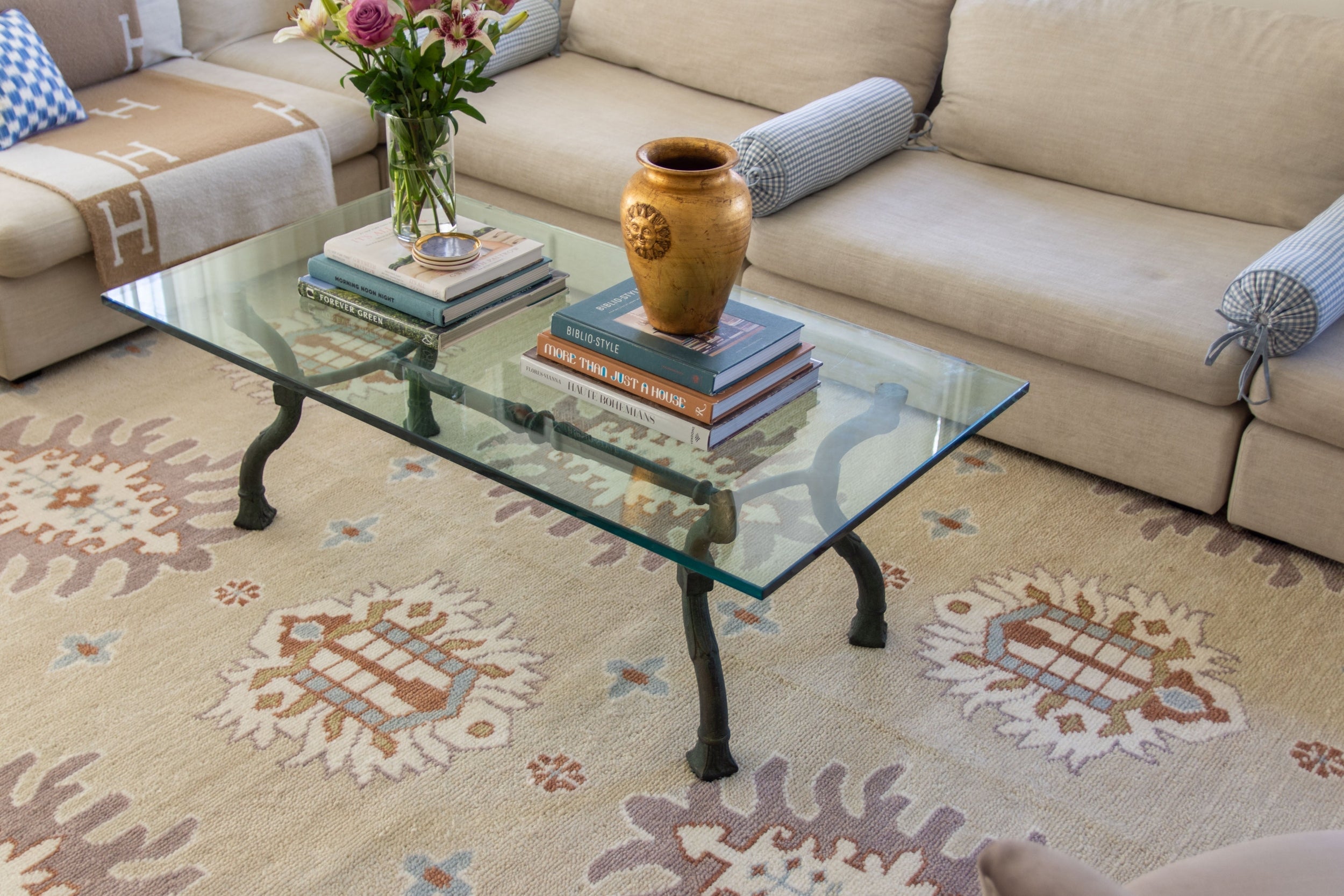How to Balance Sunlight and Shade: Tips for Shielding Plants Without Sacrificing Growth
Finding the perfect balance between sunlight and shade in your garden can feel like a delicate dance. You want to ensure your plants receive enough sunlight to thrive, but too much exposure can lead to wilting, sunburned leaves, or stunted growth.
On the other hand, providing too much shade might slow down their growth or even prevent flowering. The challenge lies in protecting your plants from the harsh sun while still allowing them the light they need.
Fortunately, there are effective strategies you can implement to shield your plants without sacrificing their growth.
Understanding Your Plants' Light Requirements
Before you start adjusting the sunlight in your garden, it’s crucial to understand the specific light needs of your plants. Some plants, like tomatoes and sunflowers, thrive in full sun, meaning they require at least six to eight hours of direct sunlight daily.
Others, such as hostas and ferns, prefer partial shade, where they get dappled sunlight or just a few hours of direct light each day.
By grouping plants according to their light requirements, you can make the task of balancing sunlight and shade much easier.
Using Natural Shade to Your Advantage
One of the simplest ways to provide shade for your plants is by using natural elements already present in your garden. Trees, shrubs, and tall plants can offer excellent protection from the sun’s harshest rays, especially during the peak hours of the day.
By strategically placing your more sensitive plants near these natural sources of shade, you can reduce their exposure to intense sunlight without completely blocking it.
Incorporating Polycarbonate Sheets for Effective Shading
Polycarbonate Sheets offer an excellent solution when natural shade falls short or when you’re dealing with particularly sensitive plants.
These sheets are lightweight, durable, and provide effective UV protection, making them ideal for shielding plants from excessive sunlight.
Unlike traditional shading materials, polycarbonate sheets allow for diffused light to penetrate, ensuring your plants still receive the necessary light for photosynthesis without the risk of sunburn.
You can use polycarbonate sheets to cover greenhouses, construct shade structures, or even create custom covers for specific plants. Their flexibility allows you to design a shading solution that fits your garden's unique layout while maintaining the aesthetic appeal.
Adjusting the Timing of Sun Exposure
Another practical approach to balancing sunlight and shade is by controlling the timing of sun exposure. For plants that require partial shade, consider positioning them in areas that receive morning sunlight and are shaded in the afternoon.
Morning sun is generally less intense and provides the light plants need without the risk of overheating.
If relocating plants isn’t feasible, you can use temporary shade solutions like garden umbrellas or shade cloths during the hottest parts of the day.
This method allows you to protect your plants when they’re most vulnerable while still giving them access to sunlight during the cooler hours.
Wrap
Balancing sunlight and shade in your garden is all about understanding your plants' needs and creatively using the resources available to you.
Whether it's grouping plants based on their light requirements, utilising natural shade, incorporating polycarbonate sheets or adjusting sun exposure times, each method plays a role in ensuring your plants thrive without being overexposed.
By taking a thoughtful approach to managing sunlight, you can create a fenced garden where every plant gets the perfect amount of light it needs, resulting in a vibrant and healthy landscape.
Browse by Category

Design Projects
Explore interiors from client work and personal renovations — layered, livable, and always in progress.
read more →
Collaborations
From product launches to styled spaces, discover the brand stories I’ve helped bring to life.
read more →
The Notebook
A growing archive of iconic designers, inspiring artists, and unforgettable design moments.
read more →
Travel by Design
Wander with a designer’s eye — from charming hotels and city guides to visual inspiration abroad.
read more →





